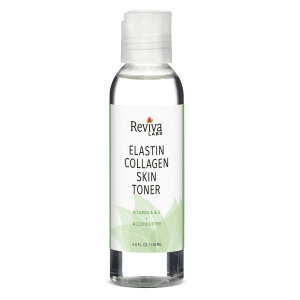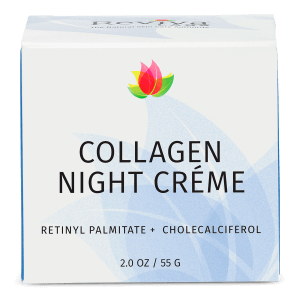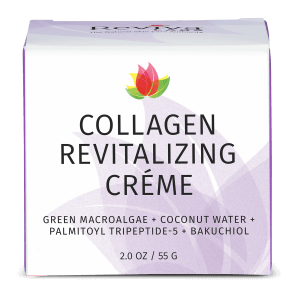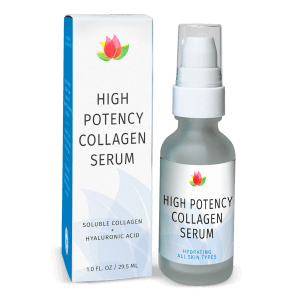Reviva Labs, Skin Care
Why Use Silicone Patches – An In-Depth Look
Silicone patches have recently emerged as a notable innovation in skincare, gaining popularity for their potential to rejuvenate and enhance the skin’s appearance. These patches are often used in both clinical and at-home settings as a non-invasive approach to addressing various skin concerns. Made from medical-grade silicone, the primary function of silicone patches is to lock in moisture. When applied to the skin, these patches form a protective barrier that prevents water loss, promoting a more hydrated and plumper complexion. They are particularly good for dry or dehydrated skin, since maintaining optimal moisture levels is crucial for skin health.
Beyond hydration, silicone patches are also great for smoothing and reducing the appearance of fine lines and wrinkles. Their occlusive nature encourages collagen production, a vital protein responsible for maintaining the skin’s structural integrity. With regular use, these patches can lead to cumulative improvements, making them a valuable addition to any anti-aging skincare regimen.
One of the most compelling uses of silicone patches is their efficacy in scar management. Originally developed for medical purposes, silicone patches are used to flatten and soften scar tissue over time. They work by creating an ideal healing environment, reducing inflammation and encouraging the skin to regenerate. According to a study published in the Journal of Cutaneous and Aesthetic Surgery, silicone gel sheeting resulted in a 68% reduction in scar size and a 74% improvement in texture and color.
Another significant benefit of silicone patches is their ability to reduce the appearance of wrinkles, especially those caused by repetitive facial movements. These patches can be applied to areas prone to deep wrinkles, such as the forehead, around the eyes, and the mouth. By keeping the skin taut and preventing movement, silicone patches can help prevent the deepening of existing wrinkles and the formation of new ones. Users often wear these patches overnight to maximize their effects, waking up to skin that looks refreshed and revitalized.
For those with sensitive skin, silicone patches are generally well-tolerated and hypoallergenic. Unlike some skincare treatments that may cause irritation or allergic reactions, silicone patches offer a gentle alternative that can be safely incorporated into most skincare routines. This makes them an attractive option for individuals seeking effective results without the risk of adverse side effects.
Another advantage of silicone patches is their versatility. They come in various shapes and sizes, catering to different areas of the face and body. From forehead lines to under-eye bags, there is a silicone patch designed to target specific concerns. This targeted approach allows for personalized treatment, addressing each individual’s unique skincare needs.
While silicone patches offer numerous benefits, it’s important to manage expectations. They are not a quick fix or a substitute for a comprehensive skincare routine. Instead, they should be viewed as a complementary tool that enhances the overall efficacy of your regimen. Consistency is key to achieving the best results, so regular use in conjunction with other skincare products is recommended.
In addition to their hydrating and anti-aging properties, silicone patches can improve skin texture. By smoothing out rough patches and promoting an even skin tone, they contribute to a more radiant and polished appearance. This can be particularly beneficial for individuals with uneven skin texture or those dealing with the aftermath of acne.
The rise of silicone patches in skincare reflects a broader trend towards innovative, non-invasive treatments. As consumers increasingly seek out effective yet gentle solutions, the demand for silicone patches is likely to continue growing. Their ability to deliver noticeable improvements without the need for harsh chemicals or invasive procedures positions them as a valuable asset in modern skincare.











